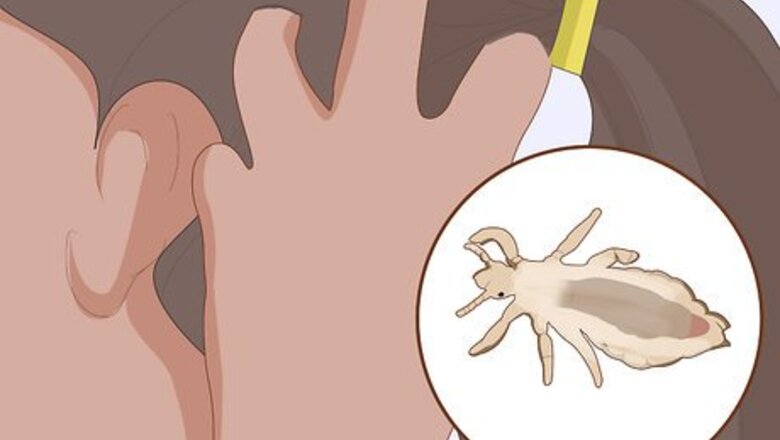
views
Determining Symptoms and Avoiding Carriers
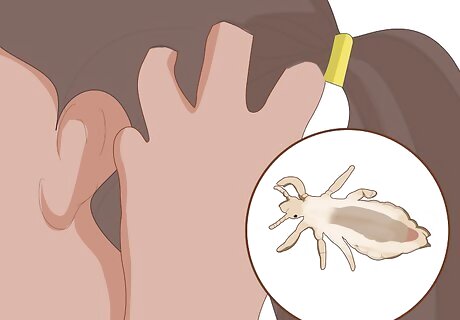
Know the symptoms. As you might know, lice are little — about the size of a sesame seed — and can be white, brown, gray, or dark gray. They're most common around the ears and the back of the neck, and feed off of human blood. Nits are much more noticeable on darker-colored hair but lice is more noticeable on lighter hair. The most common symptom of head lice is itchiness in and around the back of the neck. In many children, lice don't produce any symptoms until weeks or months after they've moved in. For this reason, it's important to do regular visual check-ups with a fine-toothed comb in order to spot an infestation as early as possible. Doctors recommend combing for lice after the child has taken a bath/shower, while their hair is still wet.
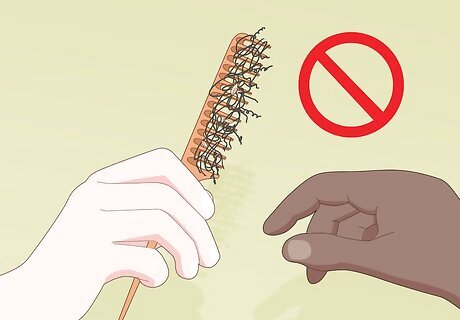
Teach your kids the importance of not sharing certain items. Because head lice commonly affect young children in school, it's important to be vigilant about situations in which children may share certain objects. Although you probably want to encourage your children to share certain things, you probably want to discourage them from sharing the following: Hats Headbands Hair accessories Pillows Combs Any other objects that promote direct head-to-head contact between a carrier and potential carrier.
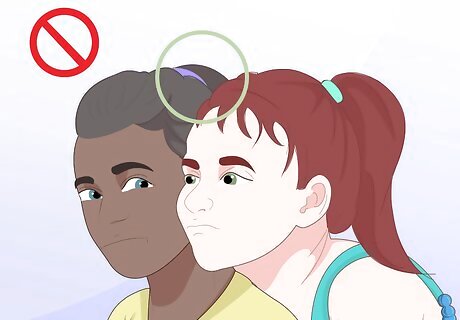
Be aware of lice carriers. Obviously, although lice are irksome, they're not to be avoided like an infectious disease. Instead, be aware of anyone who may have had lice or is being treated. Knowledge is power. If somebody had lice and was treated, but it has not been two weeks since their treatment, make sure you try to avoid contact with any of their fabrics. You don't have to be afraid of them, but casually avoid situations which involve contact with them, especially head-to-head contact.
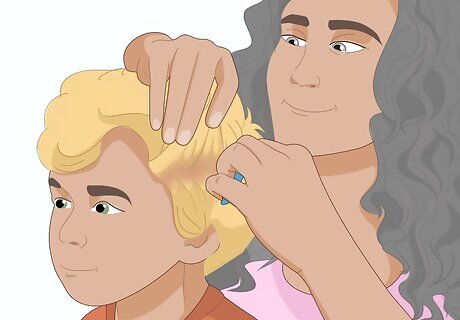
Get checked. Lice can commonly occur in schools or summer camps. If your school or camp doesn't give out regular checks, ask the nurse for one every once in a while. If the nurse is unavailable, schedule an appointment with your child's general practitioner to check for lice. Lice is especially common among elementary aged children during winter.
Using Practical Prevention Strategies
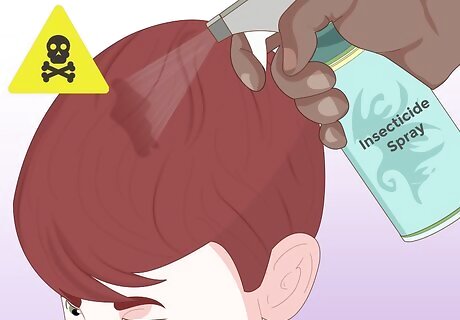
Steer clear of fumigants and other chemical sprays. These sprays are not necessary to kill head lice and can do more harm than good if inhaled or ingested.
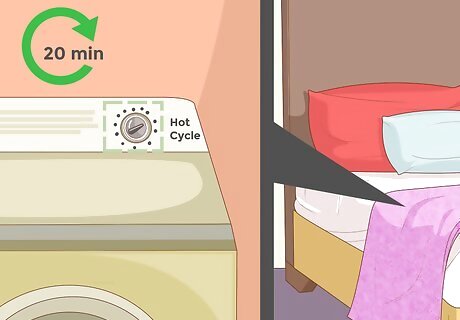
Wash regularly worn or slept-in items if your child may have encountered lice. It's best to do this even if you only suspect your child has been exposed to lice. It's better to be safe than sorry! This includes: Washing children's sheets in hot water, then drying them on a hot cycle. Washing any clothes the child may have worn in the past 48 hours. Putting in the dryer for 20 minutes any plush toys your child may sleep with.
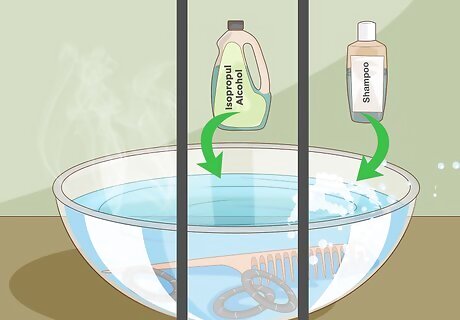
Soak hair care products in warm water, isopropyl alcohol, or medicated shampoo solution. Hair care products such as brushes, combs, hair ties, headbands, barrettes, etc. should be soaked periodically to kill any lice. If an item is in question, it's better to be safe than sorry.
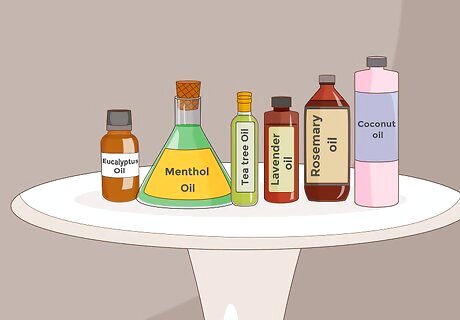
Use the correct hair products to repel lice. Whether it's the smell of certain products or an adverse chemical reaction, lice tend to stay away from: Tea tree oil. You can use a shampoo or conditioner with this ingredient to repel lice. Coconut oil. Coconut oil is known to deter lice. Menthol, eucalyptus oil, lavender oil, and rosemary oil. Most likely, lice dislike the smell of these strong oils. Hair products designed to repel lice also exist. Make sure you don't use lice killing shampoo unless you actually have lice, or else it is bad for your hair.
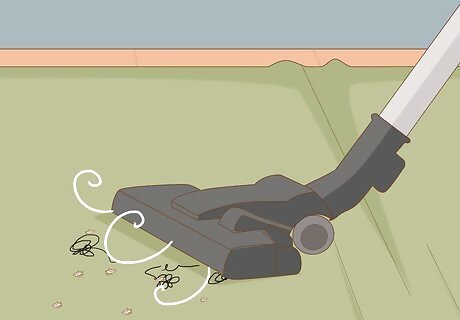
Vacuum the floor and any upholstery that might support a colony of lice. Once a month, do a deep vacuum and hit any carpeted areas or upholstery where lice might breed or wait for human contact.
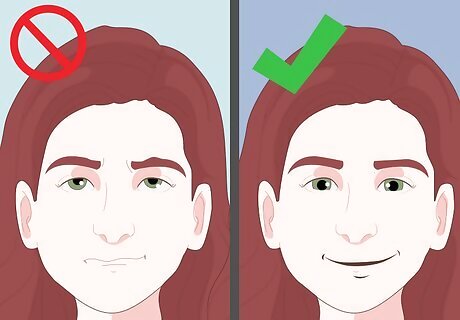
Enjoy life! Don't live in fear trying to prevent something that might never happen to you. It's not worth being worried about lice until you appear to have a legitimate outbreak.











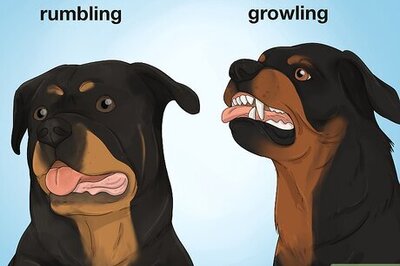





Comments
0 comment